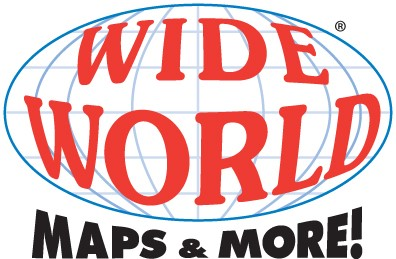Reading Topographic Maps
|
Reading Topographic Maps |
|
Interpreting the colored lines, areas, and other symbols is the first step in using topographic maps. Features are shown as points, lines, or areas, depending on their size and extent. For example, individual houses may be shown as small black squares. For larger buildings, the actual shapes are mapped. In densely built-up areas, most individual buildings are omitted and an area tint is shown. On some maps post offices, churches, city halls, and other landmark buildings are shown within the tinted area. The first features usually noticed on a topographic map are the area features such as vegetation (green), water (blue), some information added during update (purple), and densely built-up areas (grey or red). |
|
|
Ground configuration shown by contours |
Many features are shown by lines that may be straight, curved, solid, dashed, dotted, or in any combination. The colors of the lines usually indicate similar kinds or classes of information: topographic contours (brown); lakes, streams, irrigation ditches, etc. (blue); land grids and important roads (red); other roads and trails, railroads, boundaries, etc. (black); and some features that have been updated using aerial photography, but not field verified (purple). Various point symbols are used to depict features such as buildings, campgrounds, springs, water tanks, mines, survey control points, and wells. Names of places and feature also are shown in a color corresponding to the type of feature. Many features are identified by labels, such as "Substation" or "Golf Course." |
|
Topographic contours are shown in brown by lines of different widths. Each contour is a line of equal elevation; therefore, contours never cross. They show the general shape of the terrain. To help the user determine elevations, index contours are wider. Elevation values are printed in several places along these lines. The narrower intermediate and supplementary contours found betweent the index contours help to show more of the details for the land surface shape. Contours that are very close together represent steep slopes. Widely spaced contours, or an absence of contours, means that the ground slope is relatively level. The elevation difference between adjacent contour lines, called the contour interval, is selected to best show the general shape of the terrain. A map of relatively flat area may have a contour interval of 10 feet or less. Maps in mountainous areas may have contour intervals of 100 feet or more. The contour interval is printed in the margin of each U.S. Geological Survey (USGS) map. Bathymetric contours are shown in blue or black depending on their location. They show the shape and slope of the ocean bottom surface. The bathymetric contour interval may vary on each map and is explained in the map margin. What is a Topographic Map? – USGS Topographic Map Symbols – Purchase Topographic Maps |




